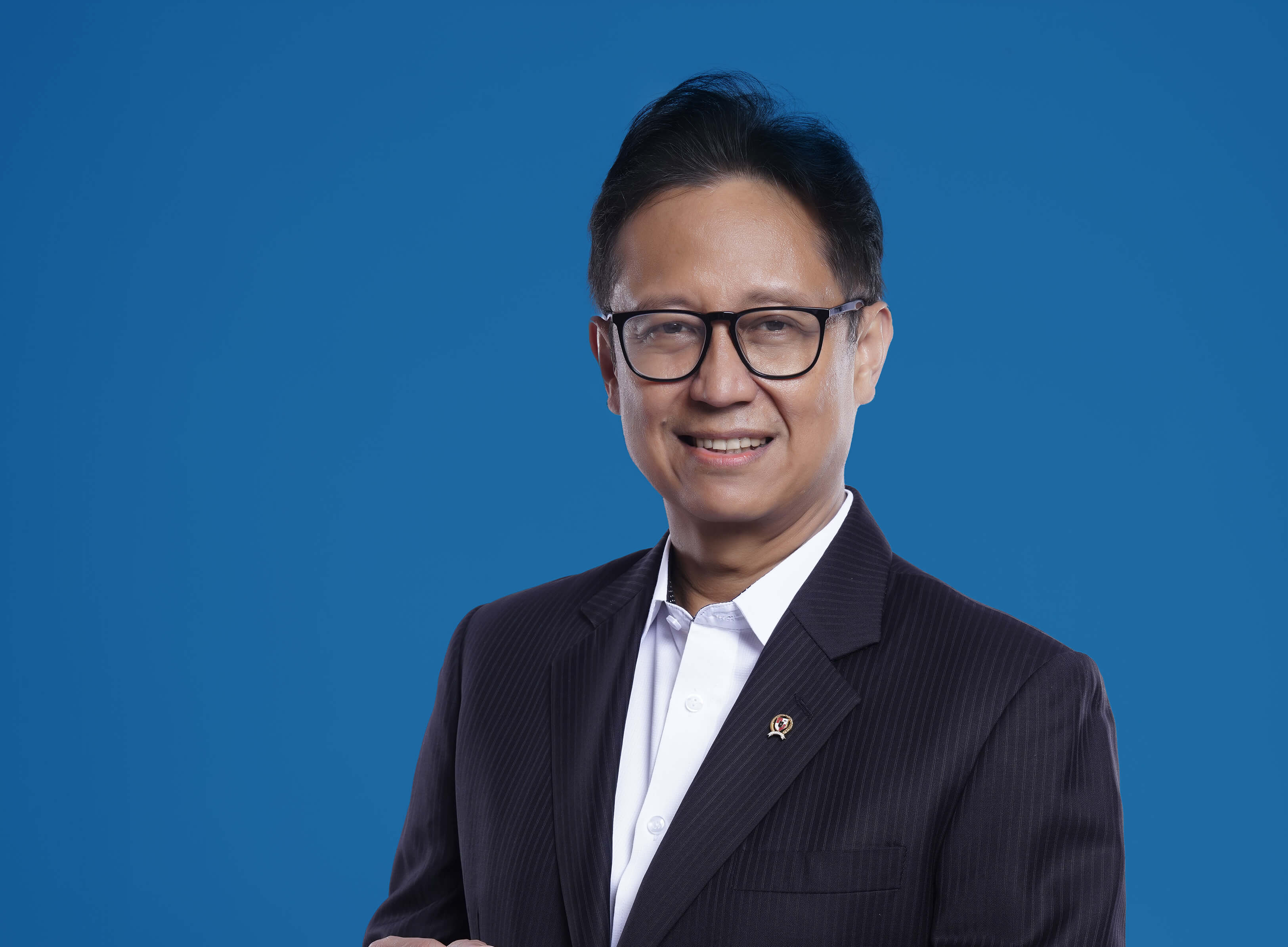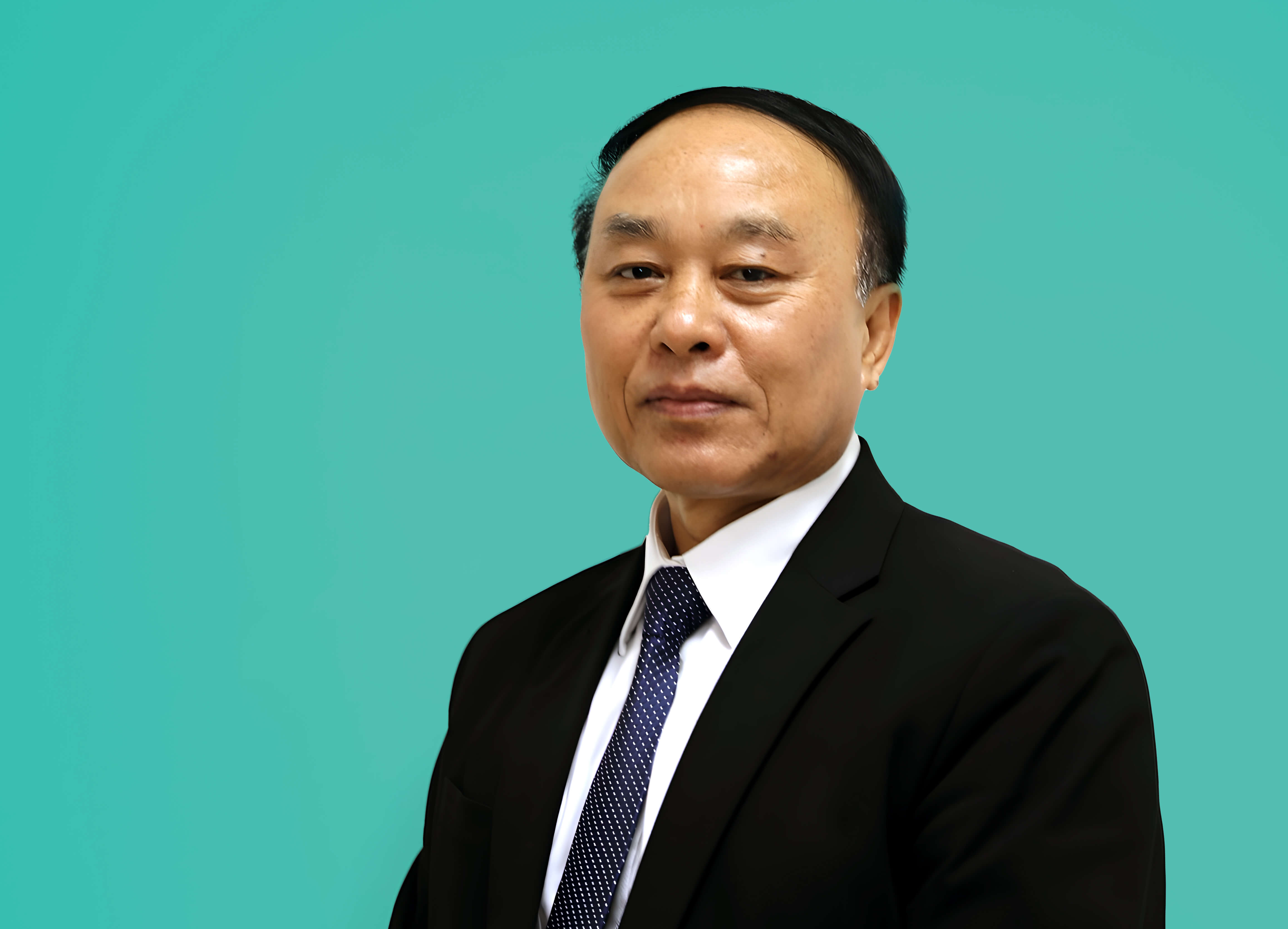


On 30 January 2020, WHO declared the COVID-19 outbreak a Public Health Emergency of International Concern. As of 16 July, almost 200 million cases of COVID-19 have been confirmed globally, including more than four million deaths.
The WHO South-East Asia Region is the world’s third most affected region, with more than 36 million cases and more than 520,000 deaths. Since the beginning of the response, WHO and its Member States and partners have identified and applied a range of tools to control spread, save lives, and minimise impact. Such tools have included the evidence-based implementation of public health and social measures, the joint development of diagnostics and lifesaving therapeutics, and the distribution of critical medical supplies, including personal protective equipment and oxygen.
In April 2020, WHO and its partners launched the COVID-19 Vaccine Global Access (COVAX) Facility, which is the vaccine arm of the Access to COVID-19 Tools (ACT) Accelerator, a global collaboration to accelerate the development, production, and equitable access of COVID-19 tests, treatments, and vaccines. Since the launch of the COVAX Facility, a range of safe and effective vaccines have been developed globally, which have since been listed for emergency use by WHO. Countries in the South-East Asia Region and across the world continue to administer vaccines based on the WHO-listed vaccines for emergency use and the emergency use authorisation provided by national regulatory agencies.
Ten of the Region’s 11 Member States have introduced COVID-19 vaccines to respond to the pandemic. As of 20 July 2021, more than 506 million doses of COVID-19 vaccines have been administered in the Region, with 19.3 per cent of people receiving at least one dose of the vaccine and 5.5 per cent getting both doses. Variability in coverage between countries that have initiated vaccination ranges from 3.3 per cent to 64.2 per cent for the f irst dose and 0.2 per cent to 47.3 per cent for the second dose. All countries in the Region have designed national vaccine deployment plans focusing on priority groups, including health care and frontline workers, and elderly populations.
Eight vaccines are now available in the Region: AstraZeneca in 10 countries; Sinopharm in seven countries; Pfizer in four countries; Sinovac in three countries; Moderna in two countries; SputnikV in two countries; COVAXin in one country; and Janssen in one country. More than 70 per cent of doses administered in the Region have been of the AstraZeneca vaccine. The majority of doses have been obtained through bilateral deals. The remaining doses have been received from the COVAX Facility, or as donations.
In all countries of the Region, uptake of available vaccines has been high. The Region’s average utilisation rate s 91 per cent. Countries in the Region have vast experience administering large-scale mass vaccination campaigns for other vaccine-preventable diseases, such as polio, measles and Japanese encephalitis, which has proven immensely beneficial in conducting COVID-19 vaccine roll-outs. Effective communication has helped reduce vaccine hesitancy, alongside efforts to counter misinformation and increase awareness of the benefits of vaccination. The lessons learned from the introduction of other new vaccines—such as rotavirus vaccine, pneumococcal conjugate vaccine, human papillomavirus vaccine, and inactivated poliovirus vaccine— have aided national vaccination planning, improving coverage and increasing efficiency.
Measures to ensure robust vaccine pharmacovigilance and risk communication continue to be rigorously implemented. Early detection, analysis, reporting and causality assessment of adverse events following immunisation are critical to maintaining confidence in vaccines. Across the Region, existing committees or adverse events following immunisation have been strengthened to monitor safety signals and conduct causality assessments. Risk communication continues to be an integral aspect of safety surveillance, ensuring that misinformation does not impact coverage. Limited availability and inequitable access to vaccines continue to be a challenge. The COVAX Facility had aimed to cover 20 per cent of the population of all participating countries with COVID-19 vaccines by the end of 2021. At current vaccination rates, the world will not meet this target. High-income and upper middle-income countries have achieved a much higher percentage coverage compared with lower-middleincome and low-income countries. While he development of COVID-19 vaccines has been exceedingly fast, the supply cannot currently meet demand. This has resulted in a slowing down of vaccination in several countries, including those reliant on COVAX vaccines. This has led to a two- track pandemic, defined by each country’s access or lack thereof to vaccines.
Achieving vaccine equity demands extraordinary action and global collaboration. Efforts to increase country access to equitable supplies continue to be initiated, including through the removal of barriers to scale up manufacturing and the waiving of intellectual property rights. In addition, international organisations and other stakeholders must work collaboratively at all levels to develop, test, and scale up production of safe, effective, quality, affordable vaccines, diagnostics, therapeutics, and medicines. To help do that, the WHO-supported COVID-19 Technology Access Pool (C-TAP) aims to increase global sharing of intellectual property, knowledge, and data with quality-assured manufacturers, focusing on establishing public healthdriven, voluntary, non-exclusive and transparent licenses.
Several countries globally now have a surplus of vaccine doses and are increasingly donating them to the COVAX Facility. G7 Leaders have pledged 870 million doses of vaccines to low- and lower-middle-income countries. Such donations must continue to be mobilised to ensure that some people in all countries are provided access to vaccines, rather than all people in some countries. To facilitate the uptake of donated vaccines, the COVAX Facility is supporting countries in the region and across the world to scale up cold chain capacity, enabling them to receive and administer a greater variety of vaccines.
Countries must continue to account for and be vigilant of uncertainties, especially those related to the emergence and spread of variants of concern and the effectiveness and duration of protection provided by different vaccines. The Region has reported all four SARS-CoV-2 variants of concern. Most countries in the Region have reported the presence of the Alpha and Delta variants, whereas the Beta variant has been reported in six countries. The Gamma variant has been reported in India and Thailand, where it has been detected among travelers at entry points. Research on the effectiveness of COVID-19 vaccines against variants of concern is ongoing. Current knowledge indicates that available vaccines are effective against existing variants and continue to reduce mortality, the severity of disease, and transmission. National vaccination programmes must continue to demonstrate resilience, adjusting to evolving needs as more information on the virus and vaccines becomes available.
The COVID-19 pandemic has had vast and devastating economic impacts. In 2020, the global economy was estimated to have contracted by more than three per cent. Estimates show that countries in South Asia experienced an average economic contraction of 5.4 per cent, with extreme poverty impacting an additional 48–59 million people. Income inequality in the Region, which before the pandemic was high, is likely to be exacerbated. In this context, mass vaccination must be considered a source of economic stimulus, and must be provided sufficient and sustainable financing. At the same time, countries have a unique opportunity to invest in underfunded health systems that can withstand future crises. According to the International Monetary Fund, investing in vaccines globally could bring a benefit of about 9 trillion US dollars, while the costs are estimated to be only 50 billion US dollars. This represents an extremely high return on investment.
Increased global buy-in to the ACTAccelerator is essential. The ACT- Accelerator is the world’s most comprehensive end-to-end framework for collaboration to end the acute phase of the pandemic. Ensuring access for all to high-quality diagnostics and therapeutics remains a priority, as does the evidencebased implementation of public health and social measures. Vaccination is a major tool, but it is not the only tool. We must continue to act on the 3Ws—wear a mask, wash your hands and watch your distance. And we must continue to avoid the 3Cs—crowded places, close-contact settings, and confined and enclosed spaces. Relaxation of public health interventions should be done cautiously and with careful attention to those who remain unvaccinated.
For many months to come, the pandemic will continue to threaten lives and livelihoods across the South-East Asia Region, as across the world. We must do all we can to protect both. WHO will continue to support the Member States and partners in the Region and across the world to increase access to safe and effective vaccines, accelerate vaccine roll-outs, and utilise all tools at our disposal to control spread, save lives, and minimise impact. It is only through solidarity and sustaining region-wide resolve that we can drive infection down, prepare for and prevent new waves, and bring evidence-based treatments, technologies, and vaccines to all who need them.
Note:
WHO South-East Asia Region covers 11 countries including three ASEAN Member States as follows: Indonesia, Myanmar, and Thailand.








